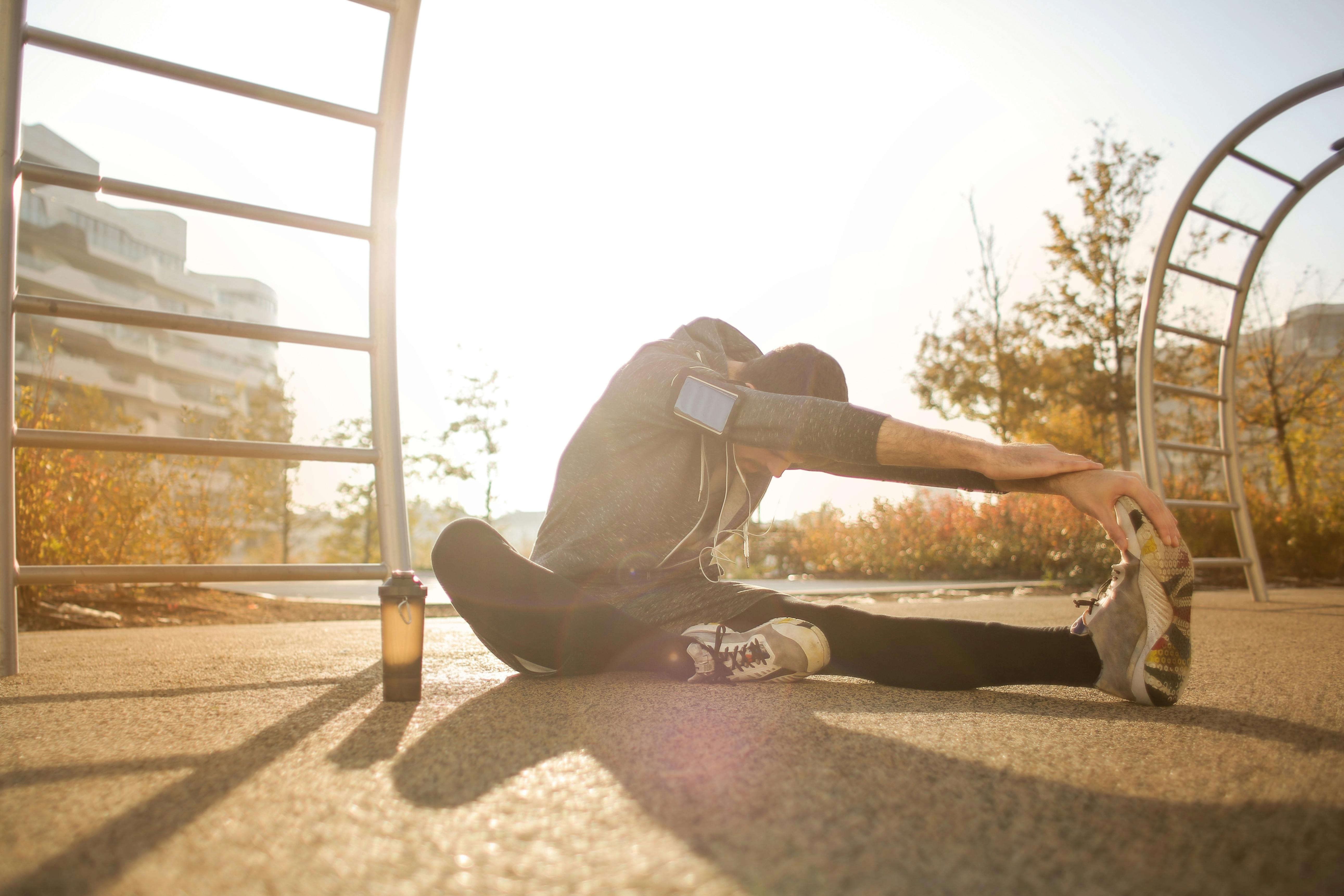The hamstrings are a group of three muscles that run down the back of your thigh. They connect your pelvis to the lower part of your leg, just below the knee. These muscles help bend your knees and extend your hips, which means they play a major role in walking, running, squatting and getting up from a chair.
But when they are tight, they can cause more than just a tug in the back of the leg. Tight hamstrings can:
- Limit your ability to bend forward.
- Tilt your pelvis backwards, placing strain on your lower back.
- Change the way you walk or move, affecting your hips, knees and even your feet.
Why do hamstrings get tight?
Tightness does not always mean a muscle is short. It often means the nervous system is protecting that area or that the muscle is under constant tension. Common causes of hamstring tightness include:
- Prolonged sitting. This keeps the hamstrings in a shortened position for hours at a time.
- Weak glutes or core muscles, which causes the hamstrings to overwork for stability.
- Stress and nervous system tension, which keeps muscles braced and ready for action.
- Poor movement habits, like rounding your back instead of hinging from the hips.
What can you do beyond stretching?
Stretching helps, but it is only one part of the picture. If you want lasting changes, combine stretching with these strategies:
- Stand and move regularly. Break up long sitting periods to prevent the hamstrings from stiffening.
- Strengthen your glutes and core. This takes pressure off the hamstrings and helps rebalance the lower body.
- Use hip hinging movements. Learning to move from the hips, rather than the spine, allows the hamstrings to lengthen naturally in daily life.
- Practise slow, mindful movement. This trains your nervous system to relax the hamstrings instead of guarding them.
- Stay hydrated and sleep well. Your tissues need both water and rest to repair and adapt.
In short:
Tight hamstrings are not just a flexibility issue. They are often a sign that something else in your movement system needs attention. By understanding how they work and supporting them with movement, strength and recovery, you are not just stretching a muscle, you are creating better balance and ease throughout your whole body.



